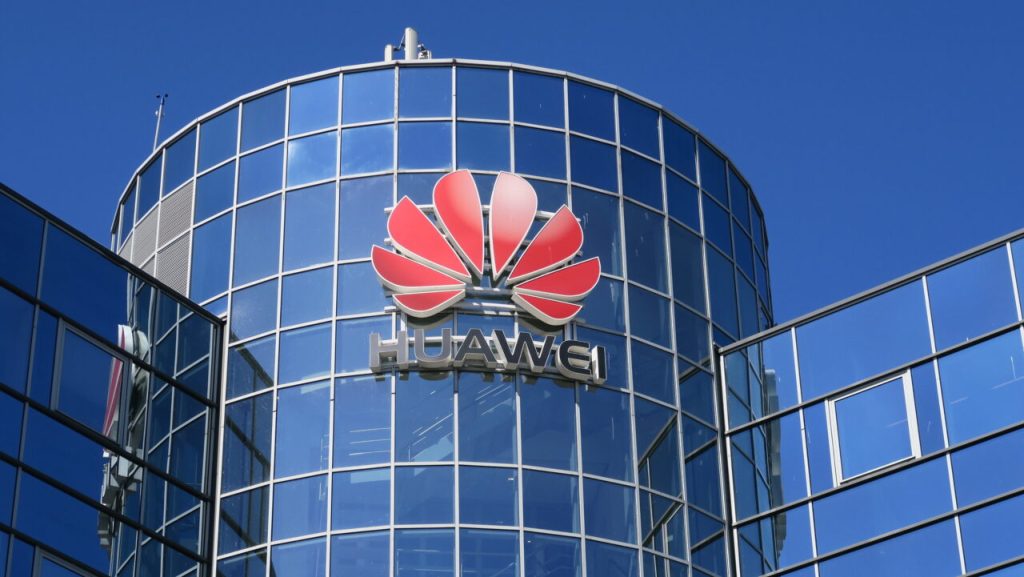Huawei’s AI lab is pushing back against accusations of plagiarism from a research group called HonestAGI. The group claimed on Friday that Huawei’s new Pangu Pro AI model is a copy of Alibaba’s Qwen 2.5 model. In a statement on Saturday, July 7, Huawei’s Noah Ark Lab denied the charge, stating its model was developed independently.
The public dispute highlights the intense competition and intellectual property battles within China’s booming AI industry. As local tech giants race for dominance amid U.S. sanctions, the integrity of their foundational models is coming under intense scrutiny from the global open-source community.
The controversy erupted on July 6 when a group calling itself HonestAGI published a now removed report on GitHub (available via Web Archive). The document alleges that Huawei’s recently open-sourced Pangu Pro MoE model is not an original creation but an “upcycled” version of rival Alibaba’s Qwen 2.5 14B model.
A “Fingerprint” of Plagiarism?
HonestAGI’s central claim rests on a novel “fingerprinting” technique. The method analyzes the standard deviation patterns of attention parameter matrices (Q, K, V, O) across a model’s layers. The researchers argue these patterns are an intrinsic property of a model’s architecture and training history.
This analysis revealed what the paper calls an “extraordinary correlation” of 0.927 between Pangu and Qwen. HonestAGI contends this statistical fingerprint is robust enough to survive continued training, a common technique that can erase traditional watermarks from a stolen model.
To bolster its case, the group pointed to additional architectural similarities. They highlighted nearly identical patterns in QKV bias projections and attention LayerNorm weights. The researchers even discovered a Qwen license file within Pangu’s official code repository on GitCode. HonestAGI concluded its paper by stating, “all of these points are coincidences? Probably not.”
According to the researchers, these unique patterns emerge naturally from a model’s fundamental architecture and can be calculated with a basic function, torch.std(), applied to the parameter matrices. By normalizing these standard deviation values across all layers, they create a distinctive signature capable of identifying a model’s lineage even after significant modifications like continued training.
To bolster their primary claim, the researchers pointed to a cascade of corroborating evidence. They highlighted that the QKV bias patterns in Pangu were a near-perfect match for Qwen 2.5. They called this particularly “damning”, they argue, because QKV bias was a distinctive feature of early Qwen models that has since been abandoned by most open-source projects, including Alibaba’s own newer Qwen3. The group noted their investigation is ongoing, with initial analysis of model activations also showing substantial overlap.
The group directly challenged the notion of coincidence, arguing the sheer number of overlapping traits points to a deliberate copy. They also claimed to have received statements from multiple whistleblower that supported their hypothesis:
“We received messages from multiple whistleblowers (claimed to be) in their team. They confirmed the accusation towards Pangu Pro MoE and also confirmed that there exists a version of Pangu Ultra MoE that is “very similar” to DeepSeek-V3 (still upcycling, but in other ways, which matches the information provided by issues 2&4). Nonetheless, these messages are not verifiable because Pangu Ultra MoE is not released and we are not able to confirm the identities of these whistleblowers.”
Huawei’s Firm Denial
Huawei issued a swift and firm rebuttal. On July 7, its Noah Ark Lab released a statement asserting the Pangu model was “…not based on incremental training of other manufacturers’ models…” and was independently developed from the ground up. The lab emphasized that the model was built entirely on Huawei’s proprietary Ascend AI chips.
While acknowledging the use of some third-party open-source code, Huawei’s statement stressed that its development team strictly adhered to all licensing requirements. The denial frames the Pangu model as a key part of its self-reliance strategy, not a derivative work.
An AI ‘War’ in a Sanctioned Ecosystem
This intellectual property clash unfolds just days after Huawei made a major strategic pivot. On July 2, the company open-sourced its Pangu models, a move widely interpreted as an effort to build a captive software ecosystem around its hardware.
This strategy aims to drive sales of its Ascend AI accelerators, creating a self-sufficient technology stack to counter punishing U.S. sanctions. As Mark Einstein of Counterpoint noted, “its objective is to ultimately use open source products to drive hardware sales, which is a completely different model from others.” This hardware-first approach is crucial for Huawei’s survival and competitiveness.
The incident underscores the fierce competition in China’s AI sector, often dubbed a “war of a hundred models.” Tech giants like Alibaba, Baidu, and now Huawei are aggressively open-sourcing their core AI to capture developer mindshare and market dominance.
This open-source push is critical as U.S. export controls have effectively cut off Chinese firms from top-tier Nvidia GPUs. The resulting hardware vacuum has made Huawei’s Ascend chips a vital alternative for domestic developers.
Paul Triolo of Albright Stonebridge Group predicted that U.S. curbs “…will mean that Huawei’s Ascend 910C GPU will now become the hardware of choice for (Chinese) AI model developers and for deploying inference capacity.”
The plagiarism accusation, whether proven or not, complicates Huawei’s ambitions. It raises questions about transparency and trust at a moment when the company is trying to position itself as a national champion in AI. As HonestAGI put it, in an era where “continue training is NOT all you need to steal a model”, robust methods for verifying model provenance are becoming essential for fair competition.

